There is a long list of accolades that comes to mind when one thinks of the Village of Sewickley: a vibrant main street, charming historic homes, excellent schools, and many activities for families. However, one common concern among residents, small business owners, and the borough is the town’s parking shortage. It can be argued that it is a good problem to have as it indicates positive growth within the central business district. However, as development continues to grow, the demand for additional parking will continue to increase. Thoughtful town planning and development has a symbiotic relationship to parking - without one you can’t have the other. So this parking problem got us thinking.
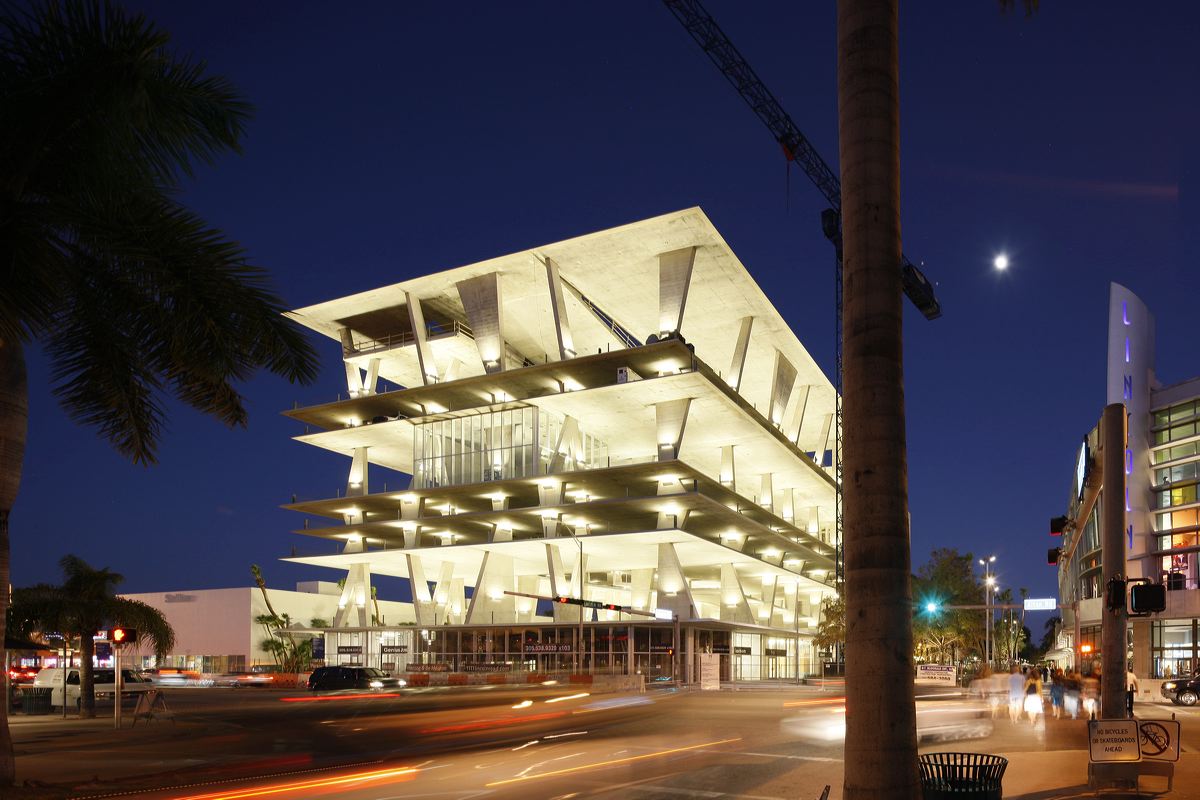
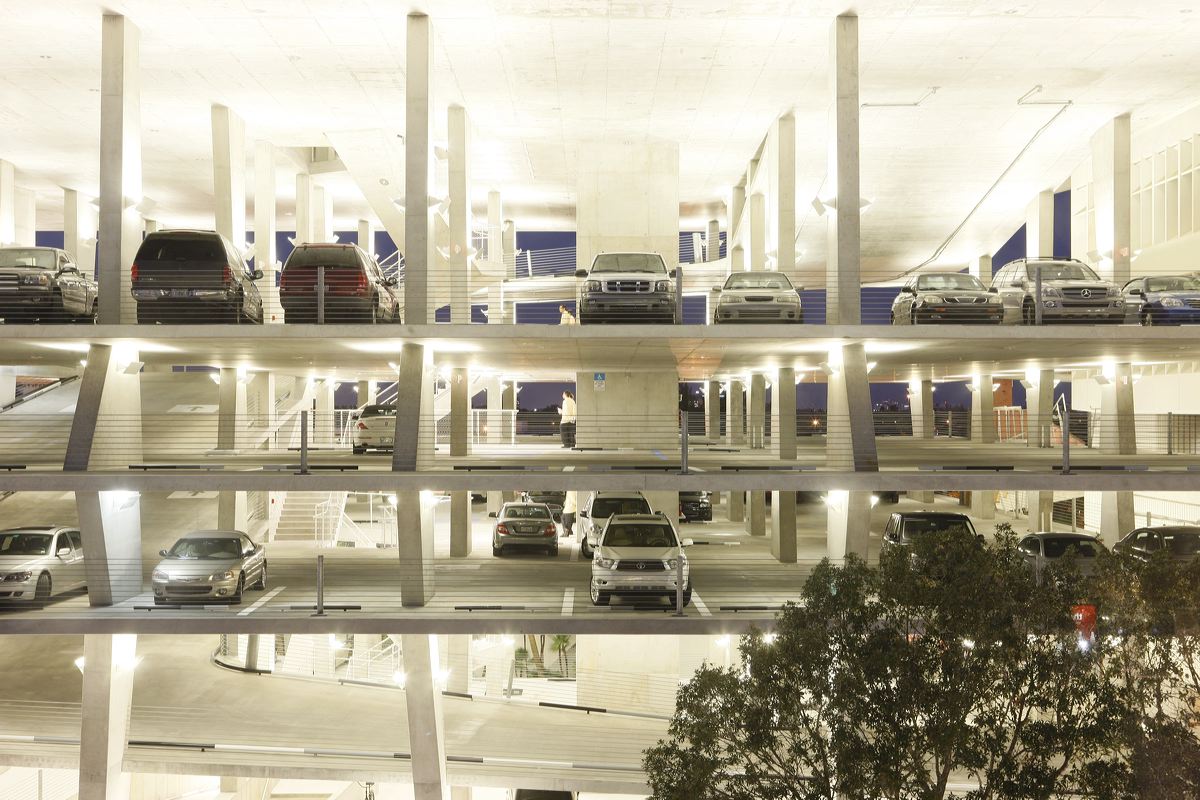
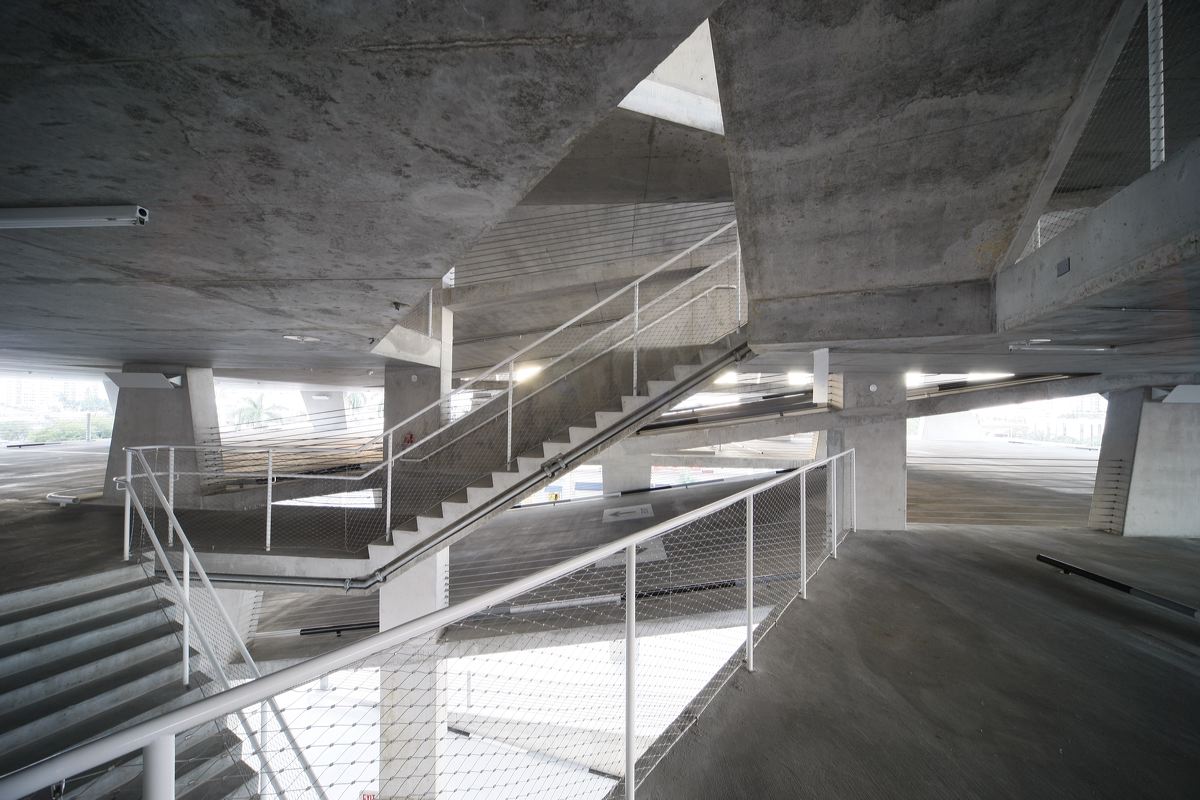
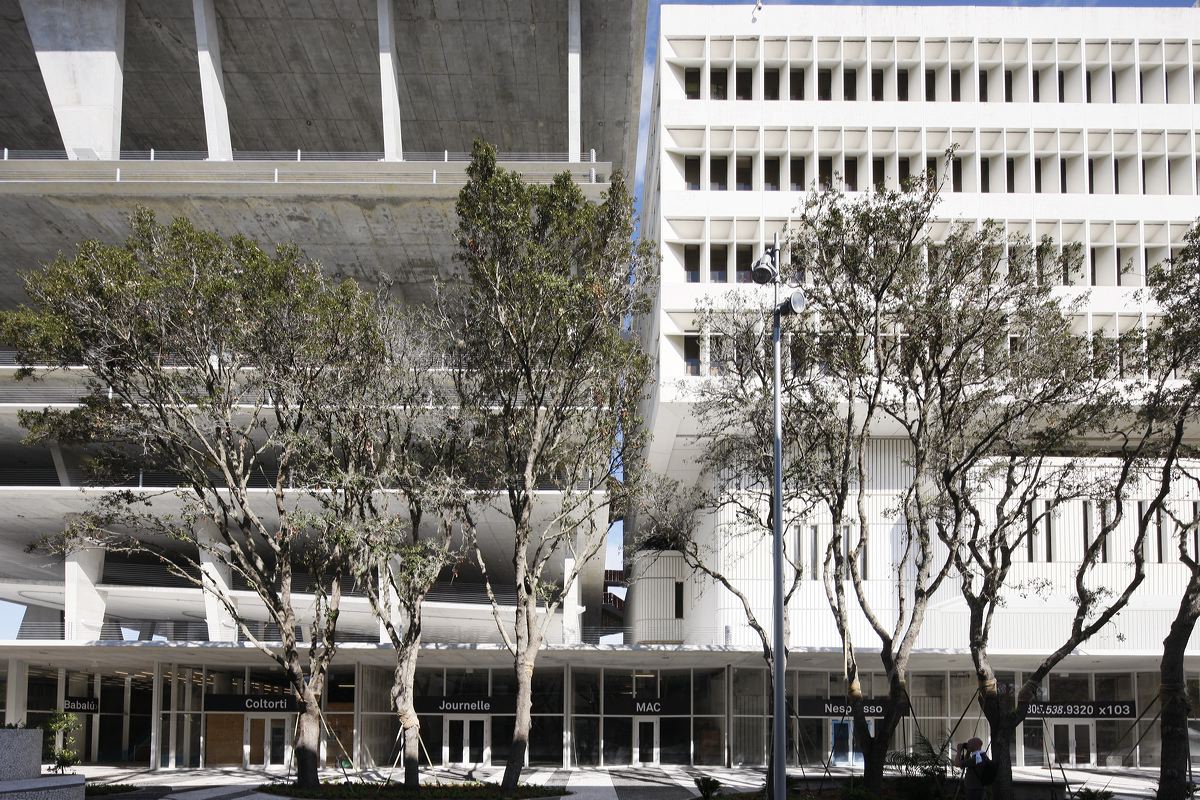
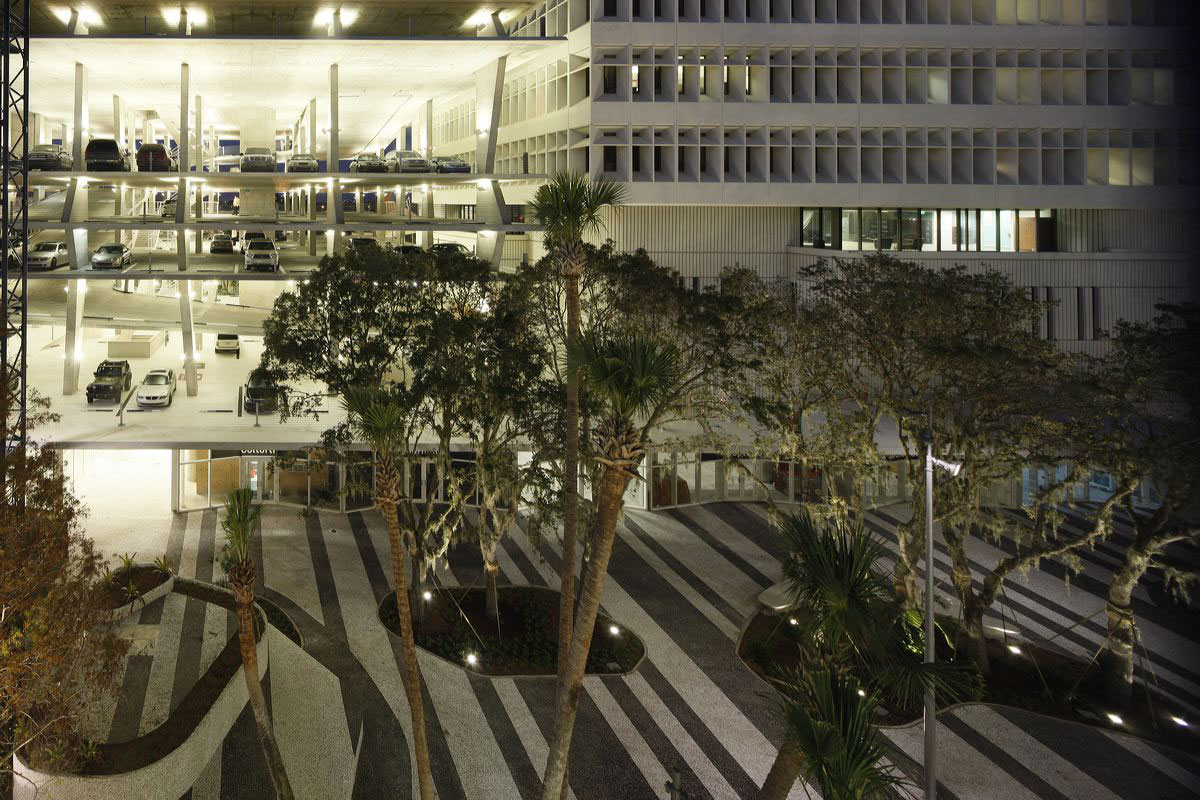

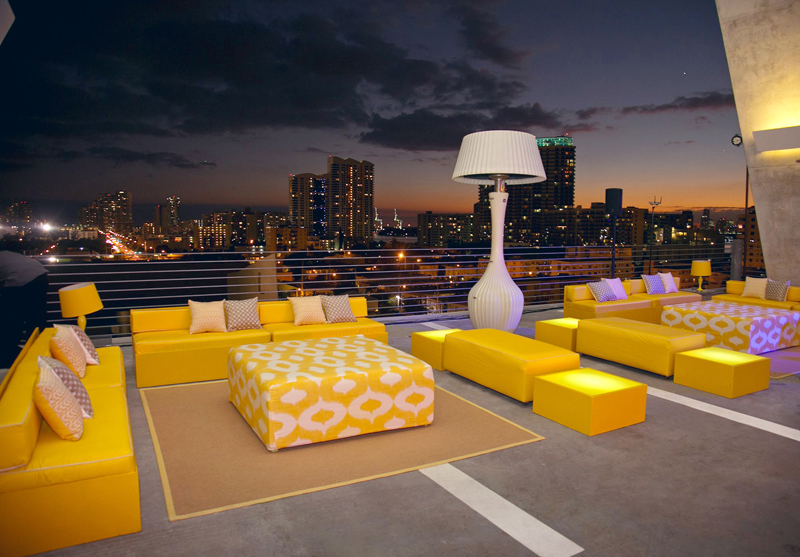
photos of 1111 Lincoln Road
The paradigm of parking garage design has started to change. Its identity is transforming from an architectural afterthought to one that celebrates the building type. Thoughtful developers are pushing the boundaries and making them function as more than just places to park a car. 1111 Lincoln Road is a stunning example of just that. Designed by renowned architects Herzog & de Meuron, this sculptural parking facility is more of a civic space than an industrial one. It offers a rooftop restaurant, outdoor seating with landscaped public gardens, 11 retail stores, and a top floor that can be transformed into an event space. Wow. We understand that the feasibility of a project like 1111 Lincoln Road in quaint small towns like Sewickley are unlikely. However, we hope that keeping in mind the possibilities of what a parking garage can be will get people thinking outside the box.
Another way to re-think the parking problem is additional ways to finance them. Parking garages are costly. An above ground parking garage will cost $20,000 per space to construct. For an underground parking garage, the cost will run $35,000 per space on average to construct. However, despite the increased cost, underground parking garages provide opportunity for much higher revenue-generating real estate above ground, such as mixed-use development. Regardless of the parking scheme type, they need to be paid for somehow. Some financing methods we think the Borough of Sewickley could evaluate are the following:
Valet Parking: The borough could consider the possibility of leasing the right to operate valet parking in the central business district. The borough could enter into an agreement with private companies to lease valet spaces. This could generate parking revenue during non-metered hours and provide residents and visitors a service that would benefit them along with the local restaurants.
In-Lieu Parking Fees: This option would offer property owners within the central business district the option to pay a fee in-lieu of providing the amount of on-site parking required by the zoning ordinance. This fee could be structured as a one-time payment or an annual lease payment.
Public/Private Partnerships: The borough could consider engaging in a partnership with a private developer as a means to providing additional parking. The borough could give developers or property owners special incentives in exchange for providing public parking in excess of the ordinance requirements. In addition, when a local government entity designates a private developer for a project, a business partnership is formed in which controlling costs is in the best interest of both parties and can be the most cost effective finance method.
Parking Rates and Enforcement:The borough could consider extending the current parking enforcement times to after 6:00 pm to help generate additional revenue. Additionally, the current metered parking rate of 0.25 cents per half hour could also be increased to a rate more comparable to those found in other local areas. For reference, the City of Pittsburgh rates can be found here.
